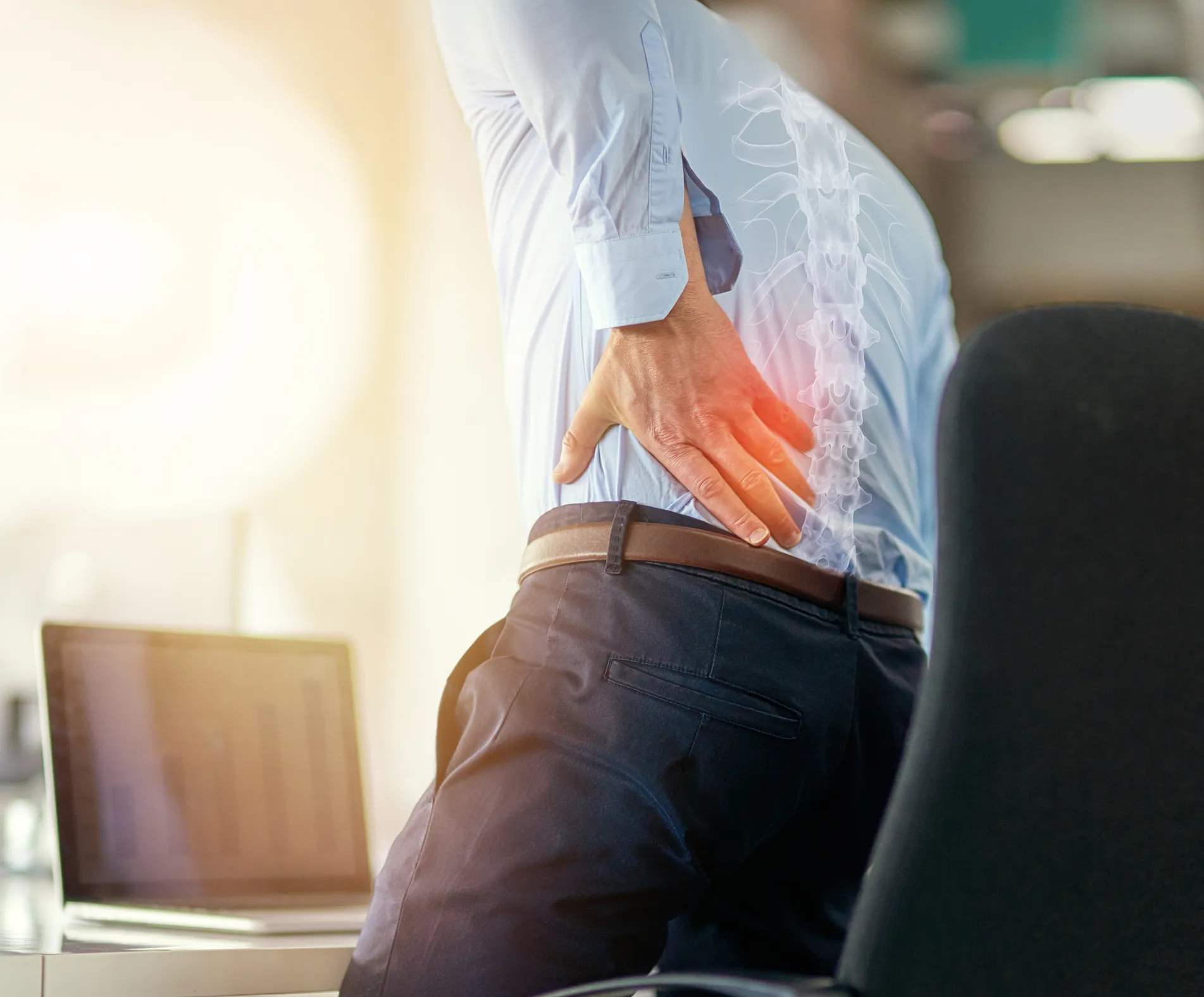The Link Between Poor Posture and Jaw Pain

When most people think about posture, they imagine standing up straight or avoiding slouching at a desk. But posture affects more than just your back and shoulders—it can also influence your jaw health. In fact, researchers and physical therapists often discuss the link between poor posture and jaw pain, especially in people dealing with TMJ disorders.
This article explores how posture impacts the jaw, what happens when posture is ignored, and how practicing proper jaw posture can help relieve tension and improve overall well-being.
Understanding TMJ and Posture
The temporomandibular joint (TMJ) connects your jawbone to your skull. It allows you to talk, chew, and yawn. However, when posture is compromised, stress on this joint increases, leading to bad posture TMJ symptoms such as:
Jaw clicking or popping
Pain around the jaw or temples
Headaches
Neck and shoulder stiffness
Simply put, TMJ posture is about how your head, neck, and jaw align together. A forward head position, often seen in people working long hours at a computer, can put extra pressure on the jaw joint.
How Does Posture Affect the Jaw?
Poor posture doesn’t just affect your spine—it changes how your jaw sits. Over time, bad posture jawline concerns can appear, as muscles tighten and facial alignment shifts.
Key Points:
Does posture affect jawline? Yes. A slouched back or rounded shoulders push the head forward, altering the resting position of the jaw and potentially changing jawline appearance.
Jaw posture is closely linked to neck and shoulder alignment. If your neck muscles are tight, your jaw compensates by adjusting position.
Correct jaw posture is harder to maintain when overall posture is poor, leading to clenching and pain.
Proper Jaw Posture: What It Looks Like
So what does proper jaw posture mean? It’s not just about keeping your mouth closed or avoiding grinding teeth—it involves a combination of head and jaw positioning.
Proper jaw position: Teeth slightly apart, tongue resting on the roof of the mouth, lips gently closed.
Correct jaw posture: Jaw aligned naturally without strain, supported by good neck and back posture.
Correct jaw position: Avoids forward jutting or uneven bite pressure.
Practicing these positions helps reduce strain on the TMJ and can improve both function and appearance.
Bad Posture and TMJ Disorders
Bad posture TMJ problems often develop gradually. A hunched spine can lead to a protruding chin, tightening of facial muscles, and pressure on the joint. This not only increases pain but may also affect chewing and speaking.
Common situations where bad posture TMJ develops:
Long hours on laptops or phones
Sleeping in awkward positions
Chronic stress leading to jaw clenching
Over time, this reinforces unhealthy patterns that worsen discomfort.
Exercises to Improve TMJ Posture
Improving TMJ posture involves both general posture correction and specific jaw exercises.
General Posture Fixes:
Sit with shoulders back and down.
Keep your monitor at eye level to avoid forward head posture.
Take breaks from sitting every 30–60 minutes.
Jaw-Specific Practices:
Practice correct jaw posture by resting your tongue on the roof of your mouth.
Use jaw posture awareness techniques like gentle breathing while keeping your jaw relaxed.
Regularly check your jaw position in the mirror to avoid clenching.
These habits retrain the muscles for proper jaw posture and reduce unnecessary tension.
Does Posture Really Affect the Jawline?
One common aesthetic question is: Does posture affect jawline? The answer is yes.
When posture is poor, the head shifts forward, and muscles under the chin tighten. This can create the appearance of a weaker jawline or sagging skin. By improving overall alignment and maintaining correct jaw position, you may notice your jawline looks more defined over time.
Tips for Maintaining Proper Jaw Position
Keep your teeth slightly apart during the day—avoid clenching.
Rest your tongue gently on the palate to support proper jaw posture.
Focus on neck and shoulder stretches, since jaw posture depends on surrounding muscles.
Use ergonomic furniture to keep your head balanced over your spine.
Even small daily changes help prevent bad posture jawline effects and support better TMJ function.
Final Thoughts
The connection between posture and jaw health is often overlooked, but the science is clear: the link between poor posture and jaw pain is real. Slouching or forward head posture can contribute to bad posture TMJ issues, alter jawline appearance, and make it harder to maintain proper jaw position.
The good news is that with awareness, stretching, and practicing correct jaw posture, you can reduce pain, support healthier joints, and even improve the way your jawline looks. Paying attention to posture isn’t just good for your back—it’s essential for your jaw as well.


